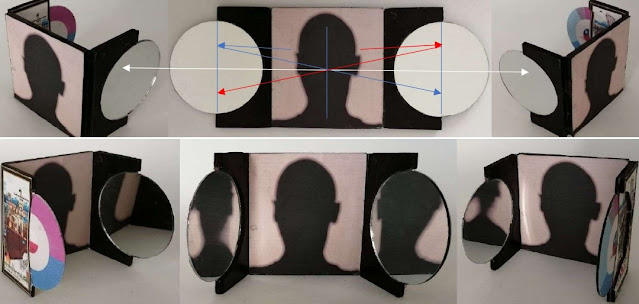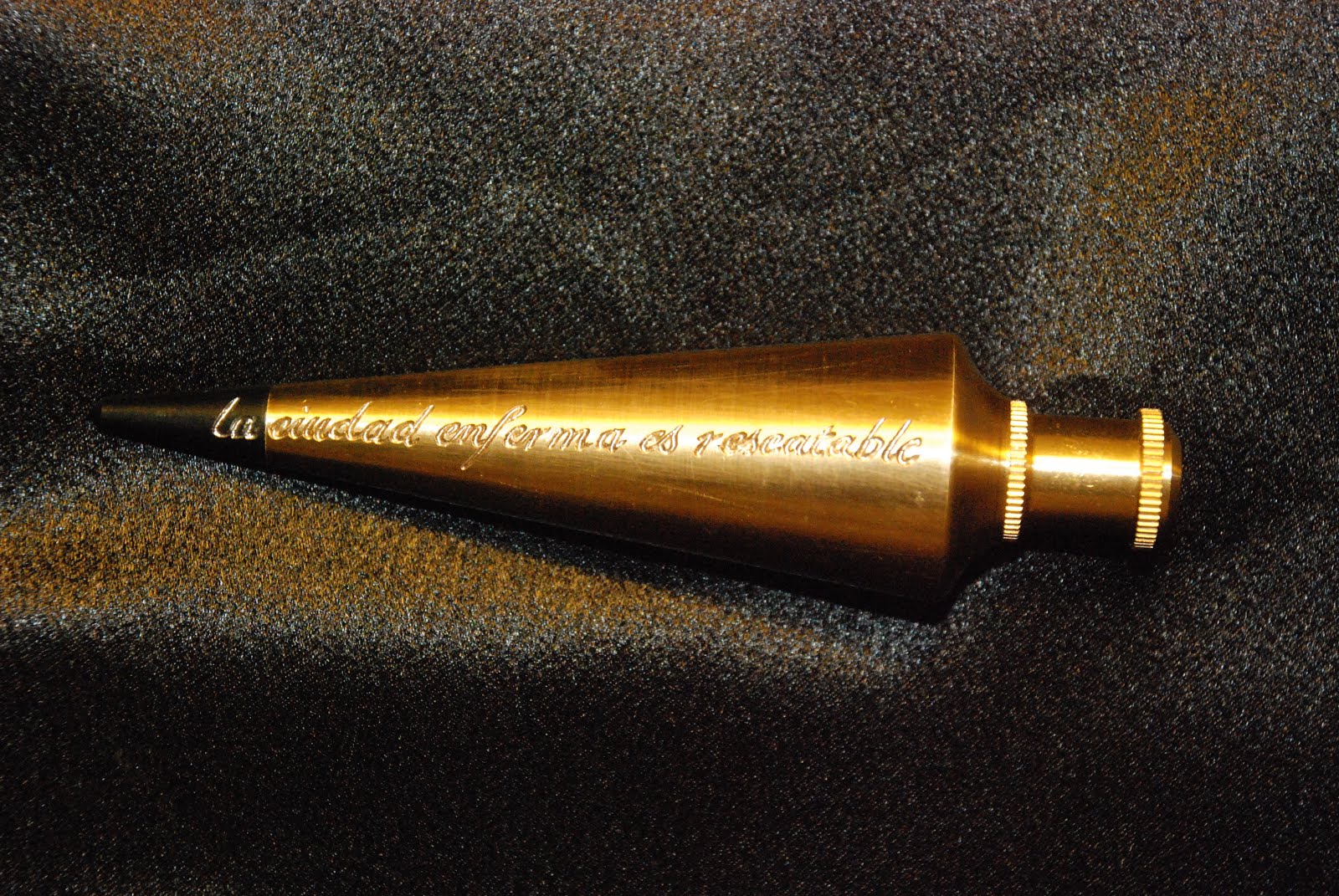Re-Constitución
In the attempt to transform Santiago into a European city at the turn of the 20th C, the canalisation of the Mapocho River solved the flooding problems but caused great social disruption. Until the late 19th C it held a place in the public imaginary as one of Santiago’s four icons and was represented in landscape painting as such (Felsenhardt, 2017). However, the episodic torrent that was previously part of daily life was transformed and managed into a marginal place and a public space associated with rubbish and disease. The canalised causeway became the site of homelessness, drug addiction and suicide. During the military dictatorship of General Pinochet (1973-1989) this public space was both the site of creative protest (see the work of UNAC Cultural Union below) and, in the words of writer Roberto Ampuero, a site where “the dead that floated in the Mapocho with the marks of torture and a bullet in back of the neck” reminded all of the regime’s brutal response to opposition. Re-Constitución draws on UNAC's action in protest in 1980 when they poured red ink into the Mapocho on the eve of the new Constitution being proclaimed after a referendum conducted in contested circumstances. Re-Constitution is set in the years of the New Majority Government 2014-2018 who tried unsuccessfully to introduce a new Constitution. The public simply were not interested.
Re-Constitución is both the action of strapping three Gopro cameras (120 degrees each) to a red, round inflatable swimming buoy and releasing it into the middle of the Mapocho river and the documentation of this action that is the action.
 The three videos form a 360 rotating view from the centre of the Mapocho River. The 360 degree stitched together video was screened in the exhibition Orillas, Puentes y el Torrent and viewed through the stencil of the Mapocho river's course cut from the map of the Metropolitan area of Santiago. What you see in the video is an experimentation with a measuring device. What it measures is the experience of being in torrent and the canal (las orillas) a 180 degree line marked by the canal as the river landscape. In the eastern vanishing point, at zero you will see Costanera Center as the marker on the horizon, in the western vanishing point, at 180 degrees you will see the torrent running towards the ocean. I appear as if I am cast adrift, not the measuring apparatus.
The three videos form a 360 rotating view from the centre of the Mapocho River. The 360 degree stitched together video was screened in the exhibition Orillas, Puentes y el Torrent and viewed through the stencil of the Mapocho river's course cut from the map of the Metropolitan area of Santiago. What you see in the video is an experimentation with a measuring device. What it measures is the experience of being in torrent and the canal (las orillas) a 180 degree line marked by the canal as the river landscape. In the eastern vanishing point, at zero you will see Costanera Center as the marker on the horizon, in the western vanishing point, at 180 degrees you will see the torrent running towards the ocean. I appear as if I am cast adrift, not the measuring apparatus. 



Comments
Post a Comment